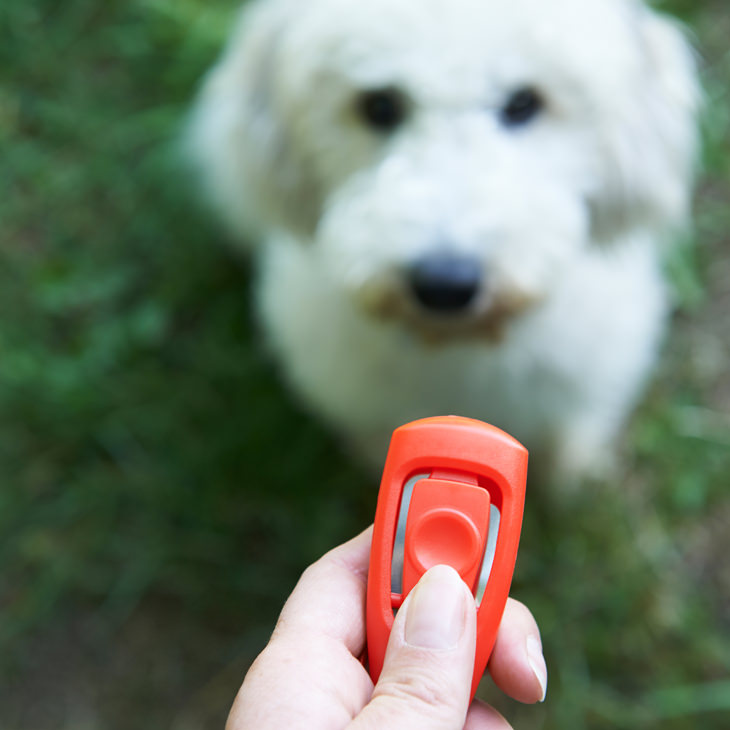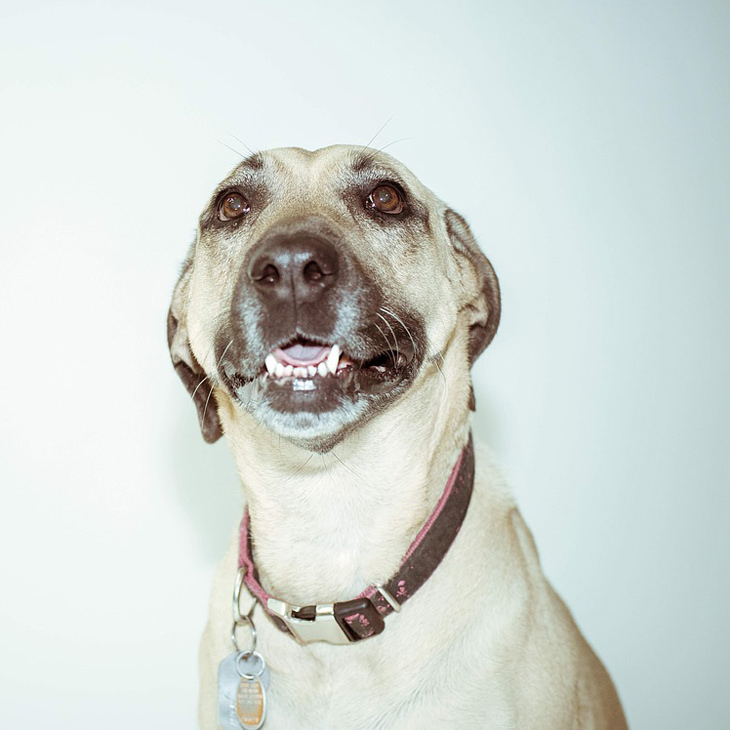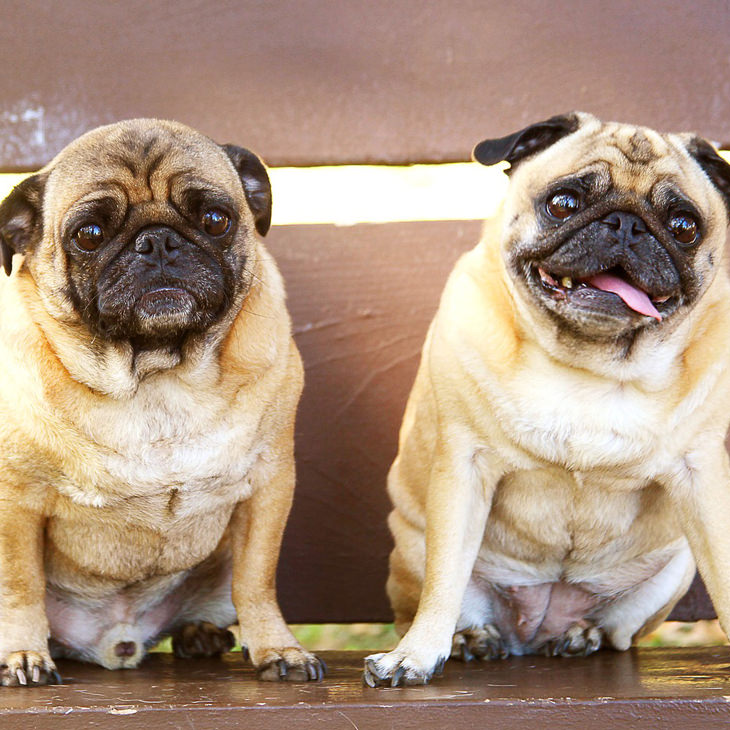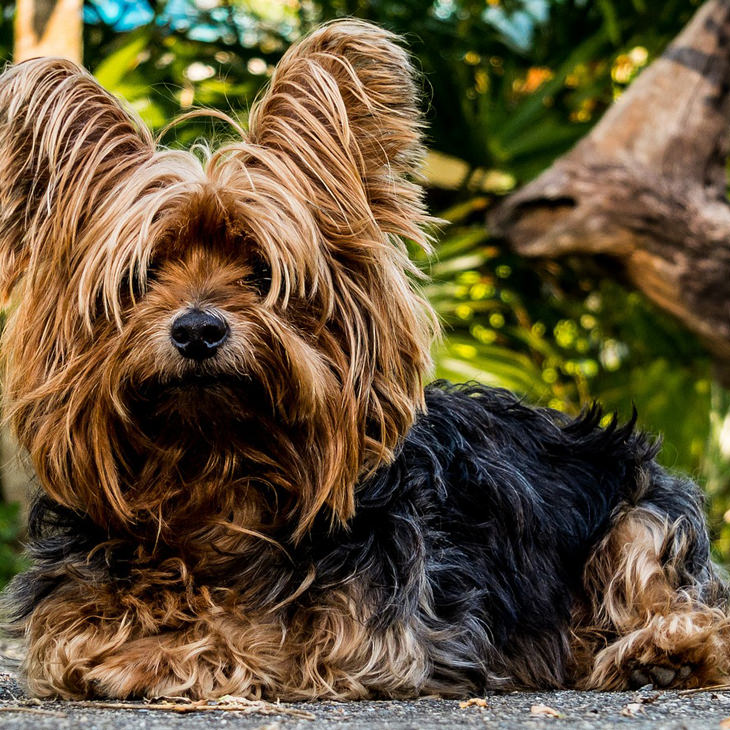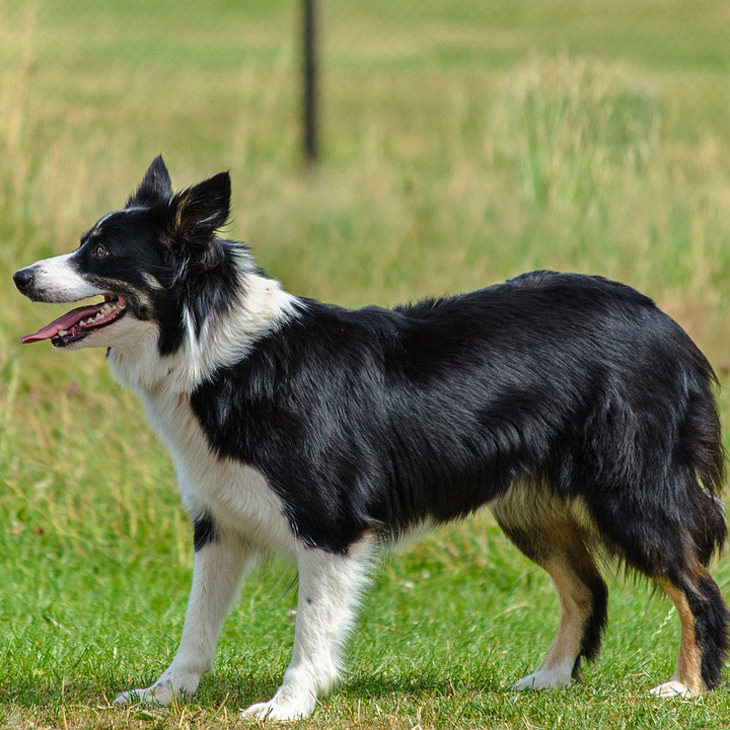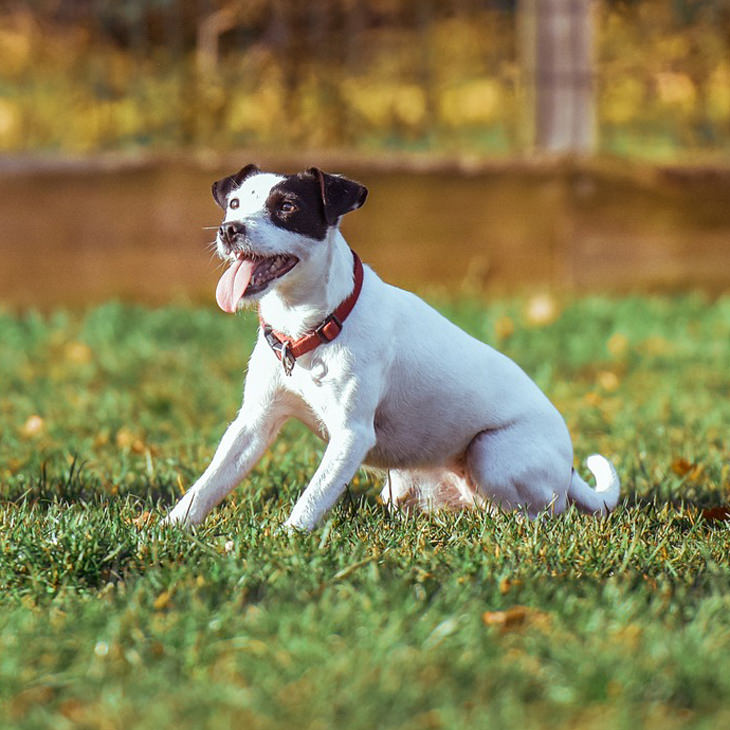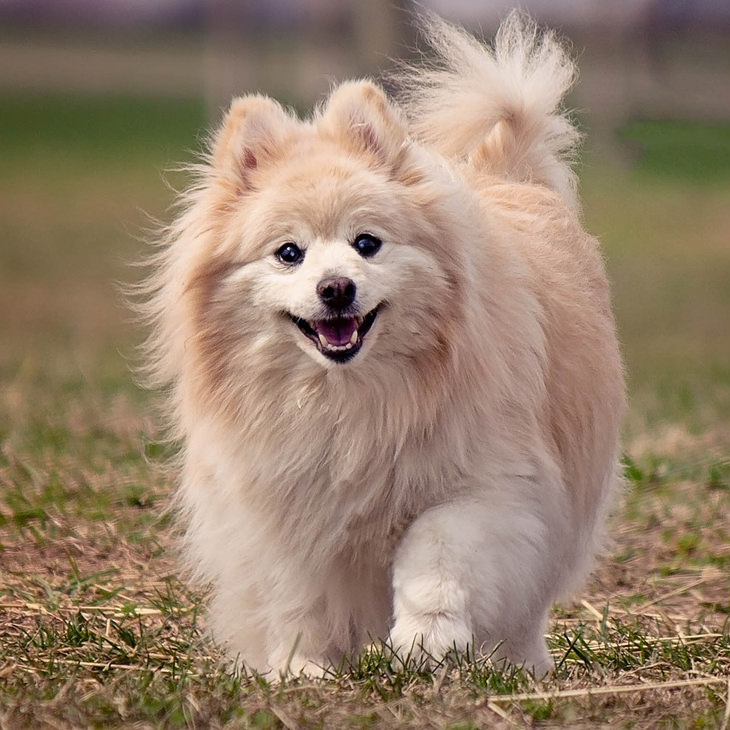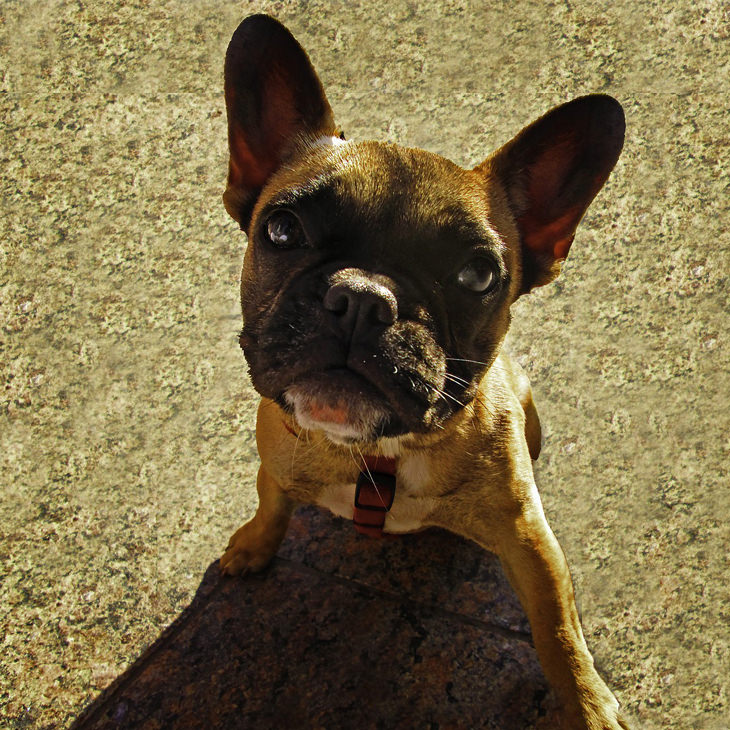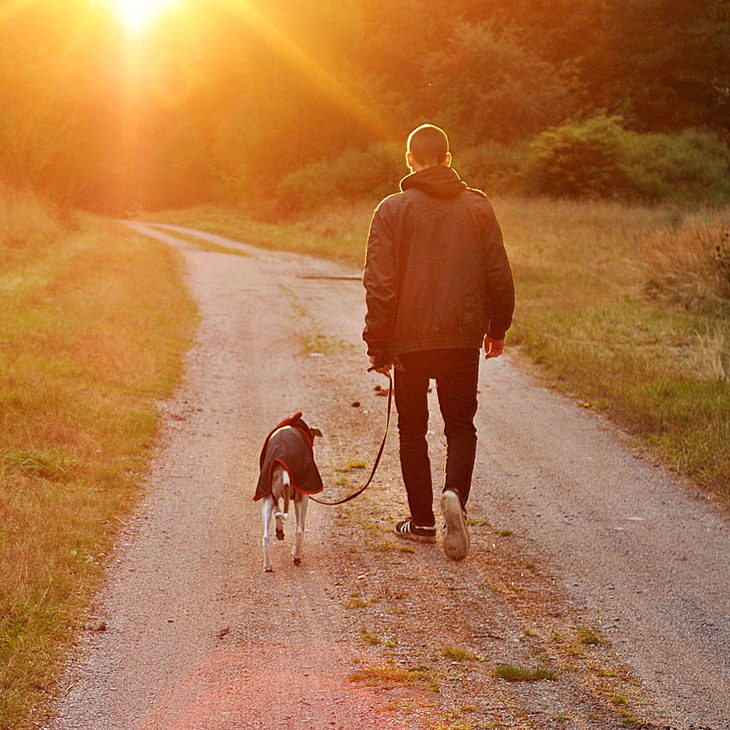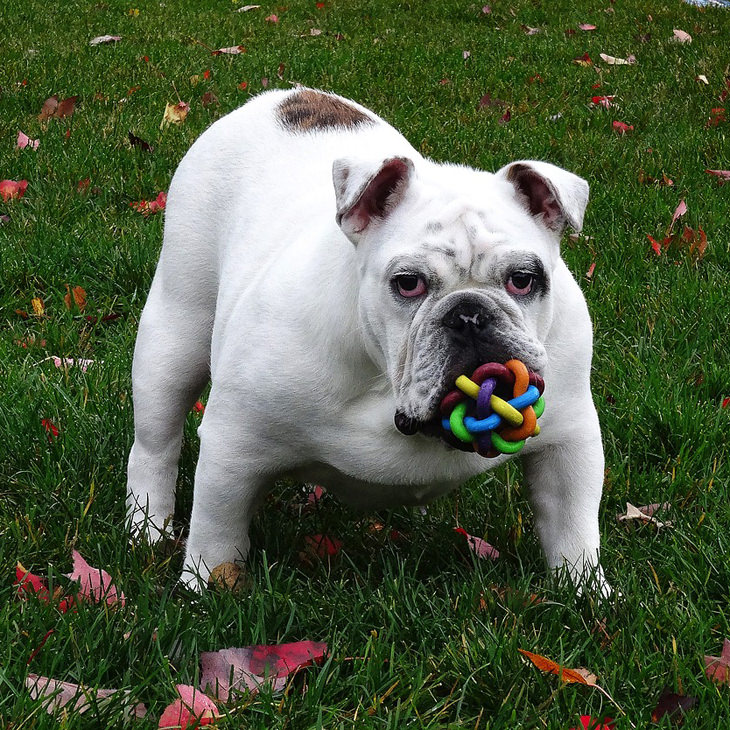1. Respond to the clicker
Difficulty: Easy
Prerequisite: None
Items Needed: Clicker, Treats
You can use a clicker to "catch" your dog's good behavior. In other words, you want to train your dog to respond to the clicker by clicking and giving it a treat when it's well-behaved. It won't take your dog long for it to understand that it'll be rewarded whenever the clicker is heard. In addition to the clicker, you'll also need a "jackpot". This is an extra reward for your dog that is given when it has done exceptionally well or performed the trick for the first time. Here's how:
Step 1: Click and give your dog a treat.
Step 2: Repeat the process about 30 times over so that your dog associate your click with the treat.
Step 3: Remember that you should always give a treat after clicking. There's just one exception to this rule that I'll tell you about later.
2. Name
Difficulty: Easy
Prerequisite: None
Items Needed: Clicker, Treats
Once your dog has established a link between the clicker and a reward, you'll be able to teach it many new tricks and commands. The obvious place to start from is the most basic, in other words, getting your dog to respond to its name. Here's how:
Step 1: Ignore your dog until it looks directly at you. Click and treat when it does.
Step 2: Repeat this process several times over, eventually incorporating your dog's name right before clicking and treating.
Step 3: Continue repeating this process until your dog looks at you when you say its name.
3. Sit
Difficulty: Easy
Prerequisite: None
Items Needed: Clicker, Treats
With your clicker in hand, wait for your dog to sit down on its own. It will realize that it has to perform a behavior in order to receive a treat, but you should ignore all behaviors that aren't sitting. When it does eventually sit, make sure you're ready to click and treat. You need to do this several times in order for it to associate the behavior with the treat. Here's how:
Step 1: Wait until your dog sits down on its own. Click and treat.
Step 2: Repeat the above several times.
Step 3: Say "sit" to your dog as soon as it sits. Click and treat.
Step 4: Repeat the above several times.
Step 5: Say "Sit". If your dog sits, give it a jackpot reward (an even more special treat) and a good petting to say well done. If it doesn't, return to step 3.
4. Down
Difficulty: Easy
Prerequisite: None
Items Needed: Clicker, Treats
Give your dog a small whiff of the treat you have for it before you get started, and try to teach lying down in a smaller room, as this increases the probability of your dog actually lying down:
Step 1: Have your clicker and a treat in hand.
Step 2: Watch your dog, but ignore all behaviors other than lying down. When it lies down, click and treat immediately.
Step 3: Wait for your dog to lie down again. Click and treat when it does.
Step 4: After repeating the previous step a few times over, start saying "down" to your dog when you click.
Step 5: Repeat step 4 a few more times in order to reinforce the behavior.
Step 6: Command your dog by saying "down". If it lies down on command, give it a jackpot reward for its good work.
5. Stand
Difficulty: Easy
Prerequisite: Down or Sit
Items Needed: Clicker, Treats
After teaching your dog to sit and lay down, a good command to teach next is to stand. Teaching this trick is made more effective by using your clicker at exactly the moment your dog stands up from a sitting or lying down position. Here's how to teach this trick:
Step 1: From a sitting or lying down position, wait for your dog to stand up. Click and treat when it stands up.
Step 2: Repeat the above step several times. Note that you might have to repeat the step more times than you would have repeated a step for teaching other behaviors, and this is because it might take a while for your dog to understand why it is being rewarded.
Step 3: Introduce a visual cue to the training. For instance, you can gesture upward with your hand while commanding your dog to "stand". Click and treat only if your dog stands.
Step 4: Get your dog to lay down and say "stand". Give it a jackpot reward when it stands on command.
6. Release
Difficulty: Easy
Prerequisite: None
Items Needed: Clicker, Treats
After teaching your dog to sit, lay down and stand, a good command to teach next is to release. This is a much easier command to teach should your dog already be able to sit and stay when told.
Step 1: Give the command to your dog to sit. Make it wait 5 to 8 seconds, then use a vocal command, such as "go", together with a hand motion of your choice to tell your dog that it can leave its sitting position. You can also act excited while doing this, as doing so will naturally incline your dog to release.
Step 2: Repeat the above step numerous times, gradually reducing the enthusiasm of the command. This will allow your dog to respond to the command when it is given to it more subtly.
Step 3: In subsequent training sessions, extend the pause between giving the command to sit and giving the command to stand. Increase this pause in 5 to 8-second increments in every training session you conduct. Eventually, you'll be able to build up your dog's endurance to the point where it will stay for several minutes prior to being released.
7. Come
Difficulty: Moderate
Prerequisite: None
Items Needed: Clicker, Treats
This command is a vital one for dogs to learn in order to ensure their safety. After all, a dog that doesn't come back when called after being let off a leash could end up in serious trouble. Spending time with your dog will be more enjoyable when you're safe in the knowledge that it will come back when called. What's more is that you'll build a trusting relationship with your four-legged friend.
Step 1: Go to your dog and give it the command that you will use to call it, for instance: "here Buddy!" When you do this, give it a treat. Repeat this process a few times throughout the day, but treat your dog with different things each time (think chicken, kibble or bacon).
Step 2: Go across the room and give your dog the calling command. It should come to you to get its treat. When it does, click with the clicker and give it a jackpot reward (something special or several treats at once). When this is achieved, go back to click treating when it comes over on command.
Step 3: Pet your dog each time it comes over to you.
Step 4: Try calling your dog to come to you from different rooms in your home.
Step 5: Practice calling your dog when it is interested in something else. Use varying rewards - treat on one occasion, then just praise on another.
8. Stay
Difficulty: Easy
Prerequisite: None
Items Needed: Clicker, Treats
Although teaching this command might seem a little unnecessary in light of the Sit and Down commands outlined earlier, it might come in handy should you want to command your dog for a longer period of waiting, or should you want to freeze your dog in the middle of an action.
Step 1: Command your dog to sit. Click with your clicker and give a treat for sitting.
Step 2: Command your dog to stay and make it wait for 6 seconds. Tell it to "go" after the time is up, then click and treat.
Step 3: Command your dog to sit, then stay, then wait for 10 seconds. Tell it to "go" after the time is up, then click and treat.
Step 4: Repeat all of the above four or five times per training session.
Step 5: Practice this trick over the course of multiple training sessions every day, gradually building up to several minutes before releasing it.
9. Heel
Difficulty: Easy
Prerequisite: None
Items Needed: Clicker, Treats
It's never a pleasant sightseeing someone being walked by their dog, as opposed to things being the other way round. A well-behaved and well-trained dog should be capable of walking on a leash without pulling it - in other words, walking to heel on command. Here's how to get your dog to walk to heel:
Step 1: Have your dog on a leash and loop it to the left side of your belt. This means that you won't have to use your hands to hold the leash.
Step 2: If your dog begins to pull, never allow yourself to be taken in the same direction as the dog is pulling.
Step 3: When your dog is alongside you with its shoulder aligned with your left leg, click with your clicker and give it a treat. Note that you will have to stop to treat when walking. That's completely fine - using the clicker in this way will greatly speed up the time it takes for your dog to learn this important trick.
Step 4: Start using the commands "let's go" and "with me" when your dog is walking by your side. Do this in order for it to associate the commands with being in that position.
Step 5: Click your clicker and treat your dog every 10 steps it takes by your side.
Step 6: Repeat this process in 10 to 15-minute sessions four times per day until your dog masters the skill.
Step 7: When the "let's go" and "with me" commands begin to elicit the desired response, you can begin off-the-leash training.
10. Take it
Difficulty: Easy
Prerequisite: None
Items Needed: Clicker, Treats, Dog Toy
One of the great things about dogs is their desire to help humans. You can hone this desire into it being able to do something useful, namely picking up a dropped item. Here's how to teach this:
Step 1: Pick up your dog's favorite toy and put it on the ground. Wait for it to pick the toy up. Click and treat when it does so.
Step 2: Repeat the above step several times. When your dog starts picking up the toy without hesitating, start saying "take it" when clicking and treating.
Step 3: Repeat step 2 several times. After a few tries, your dog should start picking up the toy at your command.
Step 4: Try this process for several different objects.

